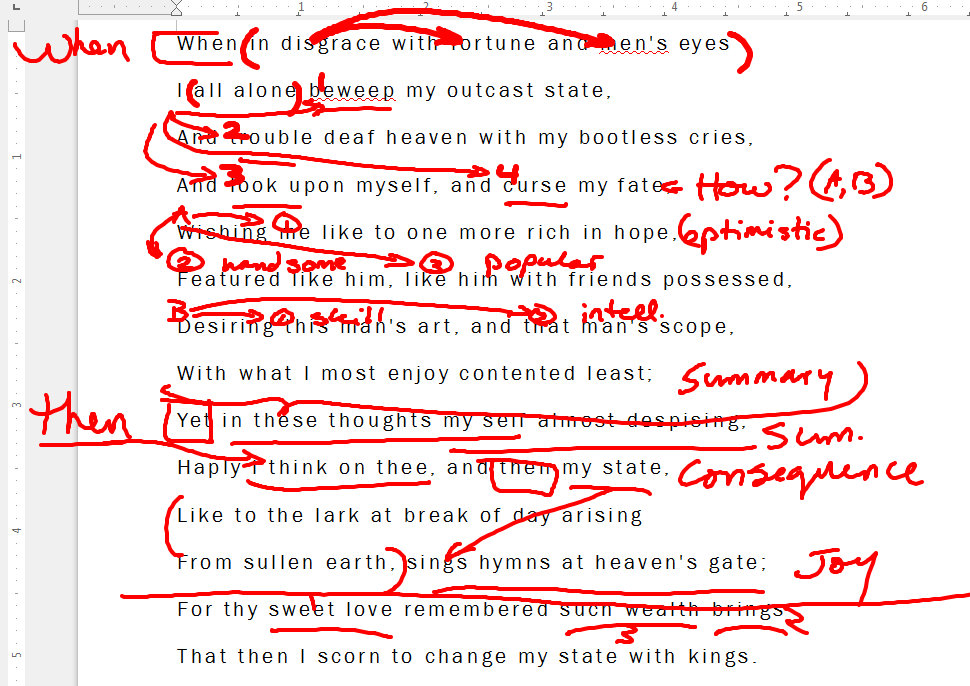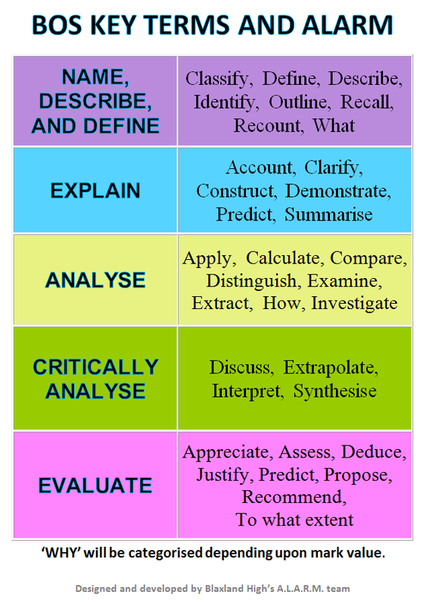Graph Transformations - Home - Math.
Friday's homework out (day 2 practice). Unit 8 Day 3 KEY 2 January 29, 2018 Last page of Friday's notes. Unit 8 Day 3 KEY 3 January 29, 2018 Friday's Homework. Unit 8 Day 3 KEY 4 January 29, 2018. Unit 8 Day 3 KEY 5 January 29, 2018 Today's Notes. Unit 8 Day 3 KEY 6 January 29, 2018. Unit 8 Day 3 KEY 7 January 29, 2018. Unit 8 Day 3 KEY 8 January 29, 2018. Example: Using the graph that is.
Homework: Study Unit 3 Notes,. Content Objective: Given graph paper, students will be able to go back to Units 1, 2, and 3 and be able to analyze graphs using the appropriate vocabulary terms, solve roots and exponents, and correctly identify transformations with 85% accuracy. Language Objective: Students will be able to write and justify their solutions and reasonings according to the.

Students in years 7-10 will be set homework weekly based on Hegarty Maths. Students in year 11 will be set homework weekly in a combination of Hegarty Maths and practice maths exam papers. Students in years 7-10 are assessed formally, internally, three times during the academic year. These students also complete in class unit tests at the end.

This Assignment reaffirms the transformations learned in the day’s lesson. There is a range of problems asking students to graph, write functions and draw area models given different sets of information. The final problem extends the lesson by asking students to compare and contrast the graphs of a quadratic to a quartic function (Math.
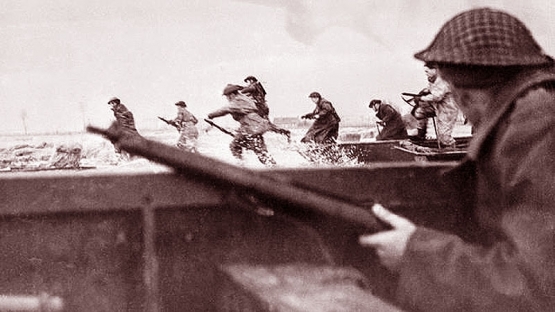
R for Data Science. 3 Data visualisation. 3.1 Introduction “The simple graph has brought more information to the data analyst’s mind than any other device.” — John Tukey. This chapter will teach you how to visualise your data using ggplot2. R has several systems for making graphs, but ggplot2 is one of the most elegant and most versatile. ggplot2 implements the grammar of graphics, a.
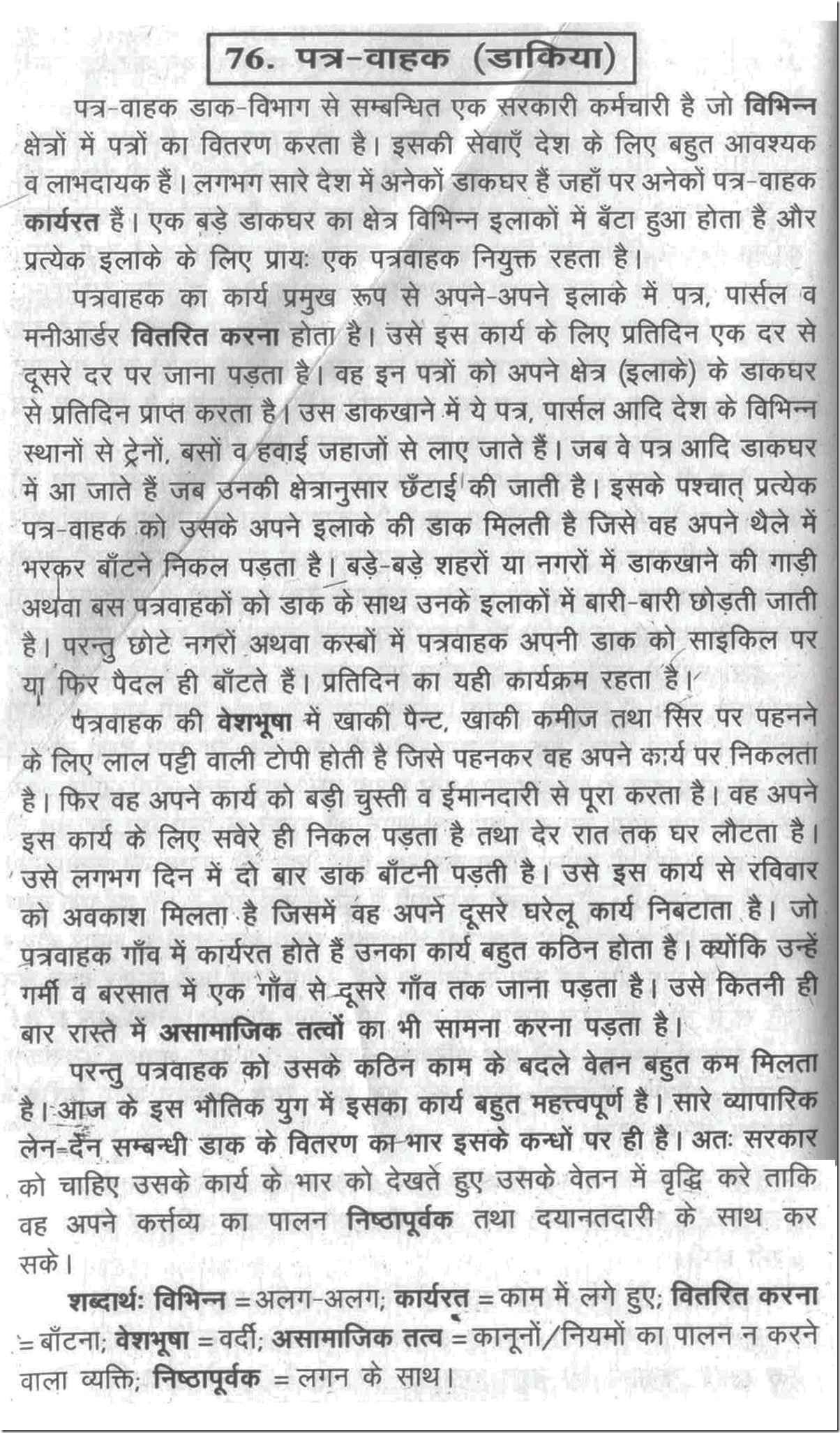
Sample Lesson Plan: Transforming Other Parent Graphs A. Grade Level: 10th grade Topic: Algebra: Transformations of Functions Aim of lesson: Students will determine how to make the graph of any function move left, right, up, and down and how they can stretch it vertically, compress it vertically, and flip it. Students will investigate (sketch the graph, identify the domain and range, and label.

Parent Functions, Transformations, and Piecewise Functions Lesson Title: Parent Functions Exploration (Day 1 of 7) Class length: 42 minutes Instructional Strategies: Cooperative learning and discovery learning. Objectives: Students will investigate mathematical phenomena cooperatively to determine a pattern for parent function graphs.

Transformations of graphs Video 323 Practice Questions. Transformations of trigonometric graphs Video 324 Practice Questions. Translations: vector Video 325 Practice Questions Textbook Exercise. Translations: describing Video 326 Practice Questions Textbook Exercise.

Our PDF worksheets will ensure KS3 students are confident with all types of transformation, whether that is a reflection in the x and y axis, transforming graphs, describing transformations and more. Our transformations worksheets with answers allow you to see how well they are doing and identify points for revision. After using Cazoom, their hard work will be reflected in their grades!

Group 3-Radical Group: Activity 1a: Transformations Practice - Code: R5ZJ Activity 1b: Transformations Practice 2 - Code: 8C4R Activity 2: Marbleslide - Code: 9KZP Group 4-Rational Group: Activity 1: Transformations Practice - Code: J7TS Activity 1: Marbleslide - Code: 9NDT Activity 2: Marbleslide - Code: JTSA. Homework: These homework videos must be viewed within the first 2 days of this.

This is the first day of a two-day lesson. I have included the entire (2-day) PowerPoint, (with two separate exit tickets) as an option if the first day goes faster than expected.This way you can simply continue to as far as your class gets. This lesson begins with a simple scenario.
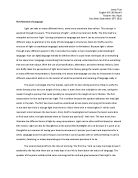
Term 2: Pythagoras’ theorem and trigonometry, graphs and equations, quadratic and simultaneous equations, area and volume, line diagrams and scatter graphs, indices, standard form and surds, similar shapes, sequences, 3d shapes, graphs, circles, constructions and loci, percentages, equations and inequalities. Term 3: Revision for exams.

Day 3 - Inverse Functions Homework Answers. Extra Domain and Range from a graph WKS. Extra Operations of Functions WKS. Day 4 - Day1 Parent Graphs and Transformations. Day 5 - Parent Graphs and Transformations Day 1 Homework. Day 6 - Parent Graphs and Transformations Extra Practice WKS Answer Key. Day 7 - Piecewise Functions Homework Answer Key.
